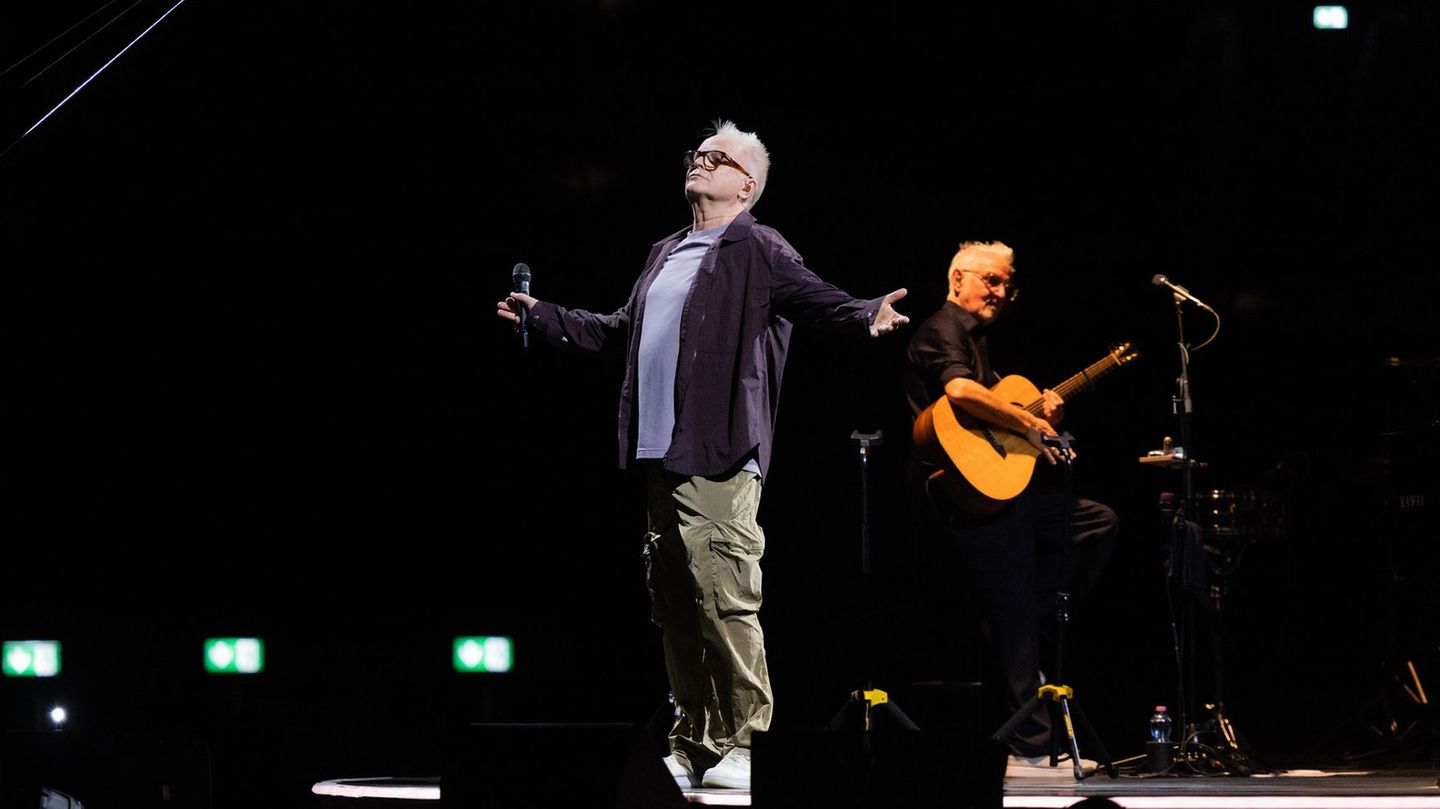The future belongs to renewable energies, and offshore wind turbines play an important role in this. Billions are paid for the rights to wind farms.
The Federal Network Agency has auctioned the rights to build two wind farms in the North Sea for around three billion euros. The two sites are around 120 kilometers northwest of Heligoland, one has an output of 1,500 megawatts and the other 1,000 megawatts, the federal agency in Bonn announced.
Offshore Wind One GmbH was awarded the contract for 1.96 billion euros for one area, and a project company belonging to the energy group EnBW was awarded the contract for 1.07 billion euros for the other. The companies can now undergo a planning approval procedure in order to be allowed to build and operate wind turbines and feed the electricity into the German grid. The wind farms are scheduled to be commissioned in 2031.
The energy group RWE was also part of the bidding consortium Offshore Wind One GmbH, but the company said it left the consortium at short notice. “TotalEnergies will implement the project alone,” said an RWE spokeswoman. TotalEnergies is a French group that sells oil, gas and other energy products and operates charging points for electric cars.
From government funding to billions in revenue
This is only the second time that companies in Germany have paid money for offshore wind rights – previously it was common for the state to subsidize them, meaning that they received money for it. Later, companies waived this subsidy but did not pay any money either. Demand increased. Last year, the network agency held an auction for the first time, which brought in 12.6 billion euros. 90 percent of the auction proceeds will be used to reduce electricity costs, and five percent each will go to marine conservation and to promoting environmentally friendly fishing.
Back then, the aim was to increase output, namely 7,000 megawatts on three sites. Now it is 2,500 megawatts on two sites. To put this into perspective: According to the energy company EnBW, wind turbines with a total output of almost 8,500 megawatts were installed in the North and Baltic Seas at the end of 2023. According to the federal government, this figure should rise to 30,000 megawatts by 2030. “The results show the attractiveness of investing in offshore wind energy in Germany,” said Federal Network Agency head Klaus Müller. “They are another important step towards achieving the offshore expansion targets.”
Source: Stern




